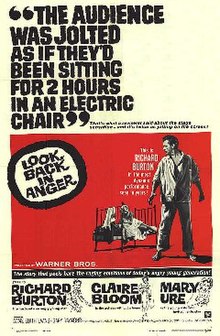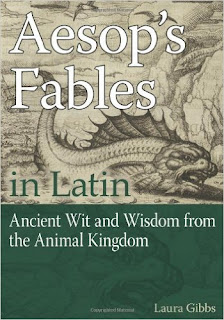The Secret Garden is a novel by Frances Hodgson Burnett. It was initially published in serial form beginning in 1910, and first published in its entirety in 1911. It is now one of Burnett's most popular novels.
The first filmed version was made in 1919 by the Famous Players-Lasky Corporation with 17-year-old Lila Lee as Mary and Paul Willis as Dickon, but the film is thought lost.
In 1949, MGM filmed the second adaptation with Margaret O'Brien as Mary, Dean Stockwell as Colin and Brian Roper as Dickon. This version was mostly in black-and-white, but the sequences set in the restored garden were filmed in Technicolor.
 A stage play by Jessica Swale adapted from the novel was performed at Grosvenor Park Open Air Theatre in Chester 2014.
A stage play by Jessica Swale adapted from the novel was performed at Grosvenor Park Open Air Theatre in Chester 2014.A multimedia web series adaptation of the novel titled The Misselthwaite Archives was released on YouTube in 2015. The series consisted of 40 episodes, which aired from January through October, as well as fictional letters, emails, text messages, social media accounts, and other documents about the characters.
 Samuel Langhorne Clemens (November 30, 1835 – April 21, 1910),better known by his pen name Mark Twain, was an American writer, humorist, entrepreneur, publisher and lecturer. Among his novels are The Adventures of Tom Sawyer (1876) and its sequel, Adventures of Huckleberry Finn (1885), the latter often called "The Great American Novel".
Samuel Langhorne Clemens (November 30, 1835 – April 21, 1910),better known by his pen name Mark Twain, was an American writer, humorist, entrepreneur, publisher and lecturer. Among his novels are The Adventures of Tom Sawyer (1876) and its sequel, Adventures of Huckleberry Finn (1885), the latter often called "The Great American Novel".
Don Quixote
Don Quixote fully titled The Ingenious Gentleman Don Quixote of La Mancha is a Spanish novel by Miguel de Cervantes Saavedra. Published in two volumes, in 1605 and 1615, Don Quixote is
considered the most influential work of literature from the Spanish Golden Age and the entire Spanish literary canon. As a founding work of modern Western literature and one of the earliest canonical novels, it regularly appears high on lists of the greatest works of fiction ever published, such as the Bokklubben World Library collection that cites Don Quixote as authors' choice for the "best literary work ever written".
The story follows the adventures of a hidalgo named Mr. Alonso Quixano who reads so many chivalric romances that he loses his sanity and decides to set out to revive chivalry, undo wrongs, and bring justice to the world, under the name Don Quixote de la Mancha. He recruits a simple farmer, Sancho Panza, as his squire, who often employs a unique, earthy wit in dealing with Don Quixote's rhetorical orations on antiquated knighthood.





Vasili-andreevich-tropinin-portrait-of-alexander-pushkin-1799-1837.jpg)









































